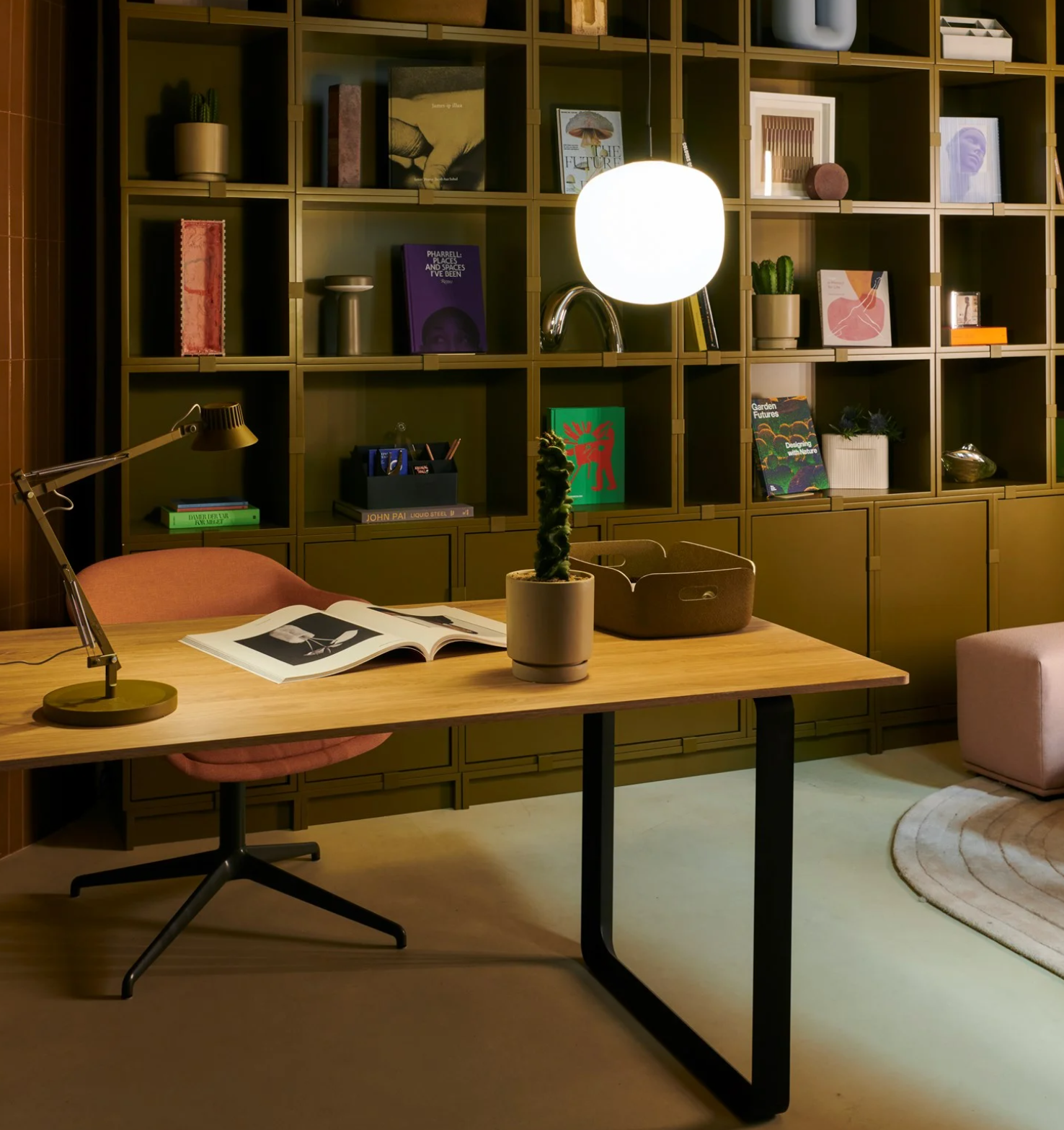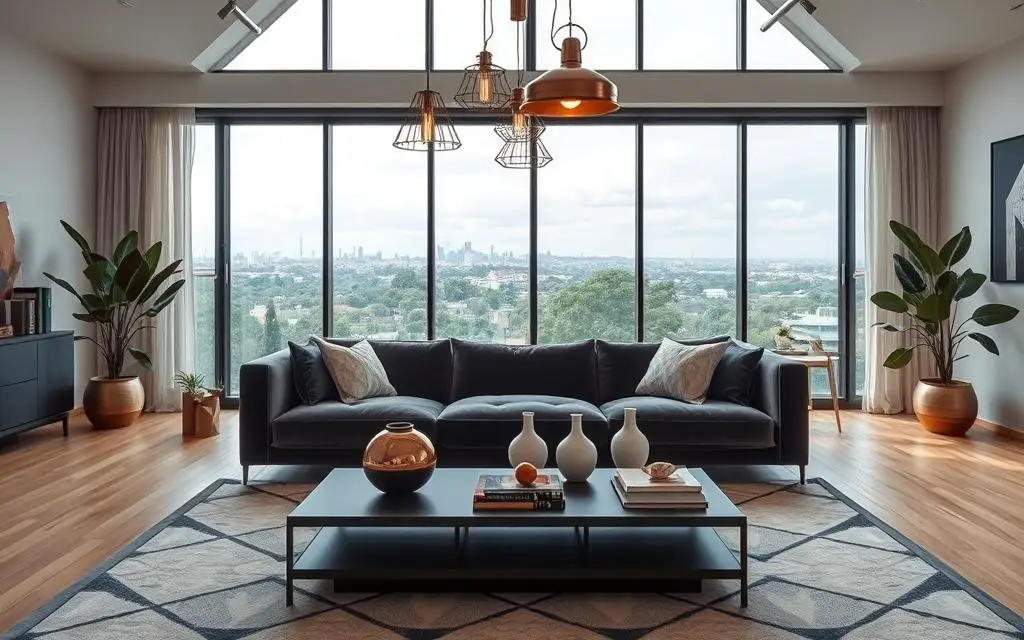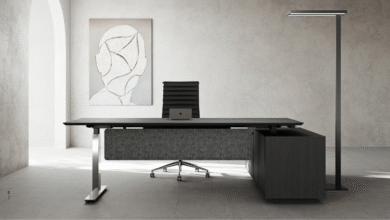furniture designer salary in 2026 – A complete guide

As a creative professional in the design industry, understanding the average pay for furniture designers is crucial for career planning and financial stability. The demand for skilled furniture designers continues to grow, driven by the need for innovative and sustainable design solutions.
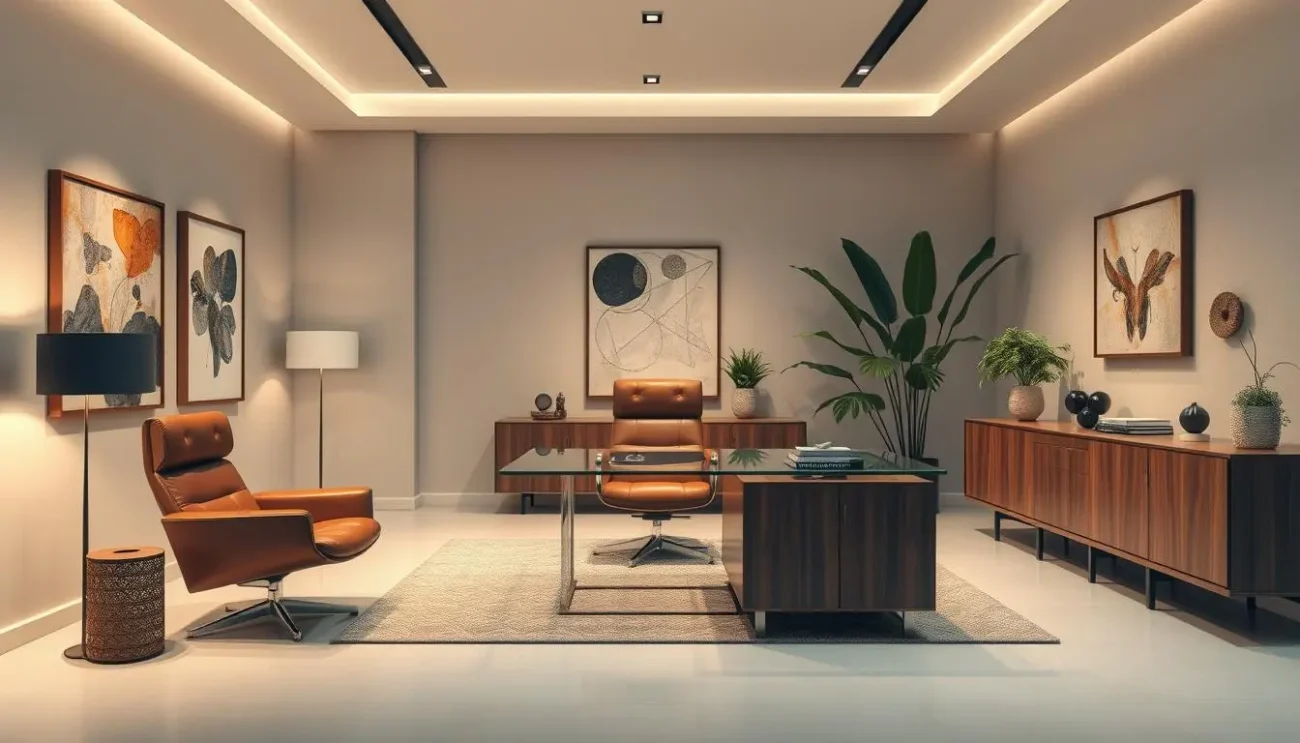
The furniture design industry wages are influenced by factors such as location, experience, and industry trends. In this guide, we will explore the current landscape and future projections for furniture designer salary in 2026, providing insights into the factors that impact earnings.
Key Takeaways
- Current salary ranges for furniture designers
- Future projections for the industry
- Factors influencing furniture designer salaries
- Regional variations in average pay
- Industry trends impacting wages
The Current Landscape of Furniture Design Careers
The current landscape of furniture design careers is characterized by a complex interplay of factors influencing income and job prospects. As the industry continues to evolve, understanding these dynamics is crucial for both aspiring and established furniture designers.
Job Market Overview for Furniture Designers
The job market for furniture designers is influenced by various factors, including the overall state of the economy, consumer demand for bespoke and sustainable furniture, and technological advancements in design and manufacturing.
- Median Salary: According to recent data, the median salary for interior designers was $73,300 in 2021, providing a benchmark for furniture designers.
- Annual Income Range: Furniture designers can earn between INR 4 to 5 lakh annually, although this figure can vary widely based on factors like location, experience, and specific industry segment.
Key Industry Developments Shaping the Field
Several key industry developments are shaping the field of furniture design, including:
- Sustainability: The growing demand for eco-friendly and sustainable furniture is driving innovation in materials and design approaches.
- Technological Integration: Advances in technology, such as 3D printing and digital design tools, are expanding the possibilities for furniture designers.
These developments are not only influencing the types of products being designed but also impacting the skills required to succeed in the field and, consequently, the compensation packages for furniture designers.
Average Furniture Designer Salary in 2023-2024
The average salary for furniture designers in 2023-2024 is a critical metric for understanding the profession’s financial landscape. As the industry continues to evolve, understanding the current salary trends is essential for both aspiring and established furniture designers.
National Salary Statistics and Benchmarks
National averages provide a baseline for understanding furniture designer salaries. According to recent data, entry-level furniture designers can earn around $45,000 to $60,000 annually, while mid-career professionals can see salaries ranging from $70,000 to $100,000.
Entry-Level Compensation Figures
Entry-level positions are crucial for gaining experience and building a portfolio. Starting salaries typically range from $45,000 to $55,000, depending on factors like location and specific employer.
Mid-Career Earnings
As designers gain experience, their earning potential increases. Mid-career furniture designers can earn between $70,000 and $90,000, with senior roles potentially exceeding $100,000.
Regional Variations Across the United States
Regional disparities significantly impact furniture designer salaries. Certain states and cities offer higher pay scales due to the cost of living and demand for skilled designers.
Highest-Paying States and Cities
States like New York, California, and Massachusetts tend to offer higher salaries. Major cities such as New York City, Los Angeles, and San Francisco are among the top-paying locations.
Cost of Living Adjustments
When evaluating salary offers, it’s crucial to consider the cost of living in different regions. A higher salary in a city with a high cost of living may not go as far as a lower salary in a more affordable area.
| Location | Average Salary | Cost of Living Index |
|---|---|---|
| New York City, NY | $85,000 | 187.2 |
| Los Angeles, CA | $80,000 | 146.4 |
| Omaha, NE | $60,000 | 91.7 |

Projected Furniture Designer Salary in 2026
The furniture design industry is on the cusp of a significant shift, with salaries expected to reflect this change by 2026. As the industry continues to evolve, understanding the factors that will influence furniture designer salaries is crucial for professionals in this field.
Industry Growth Forecasts and Implications
The furniture design market is expected to reach an estimated $1.87 billion by 2025, indicating a positive growth trajectory that is likely to continue into 2026. This growth is anticipated to have a direct impact on furniture design industry wages, potentially leading to increased salaries for designers.
- Expanding consumer demand for bespoke and sustainable furniture
- Increasing adoption of technology in design processes
- Growth of e-commerce platforms for furniture sales
Economic Factors Driving Salary Changes
Economic factors play a significant role in determining furniture designer salary info. Two key considerations are inflation and market demand, as well as supply chain influences.
Inflation and Market Demand Considerations
As inflation rates fluctuate, the cost of living and doing business changes, potentially affecting salaries. Market demand for skilled furniture designers is also a critical factor, with higher demand typically driving up wages.
- Rising inflation may lead to increased salaries to maintain the standard of living for designers.
- Strong market demand for unique, high-quality furniture designs can drive up salaries.
Supply Chain Influences on the Industry
Supply chain disruptions can impact the availability and cost of materials, potentially influencing the profitability of furniture design businesses and, by extension, the salaries they offer.
Understanding these factors is essential for furniture designers looking to navigate the job market in 2026. By staying informed about industry growth forecasts, economic trends, and supply chain dynamics, designers can better position themselves for success and potentially higher salaries.
Education Pathways to Higher Earnings
Furniture designers can enhance their career prospects and salaries by choosing the appropriate educational routes. A well-structured education can significantly impact their earning potential.
Degree Programs and Their ROI
Graduates from top design institutions often secure high-paying placements. For instance, the National Institute of Design (NID) Ahmedabad and MIT Institute of Design are renowned for producing highly skilled designers.
| Institution | Average Starting Salary | Graduate Placement Rate |
|---|---|---|
| NID Ahmedabad | $60,000 | 90% |
| MIT Institute of Design | $65,000 | 95% |
Certificates and Specialized Training
Specialized certifications can further enhance a designer’s skills and salary potential. Certifications in areas like sustainable design or CAD software can be particularly valuable.

Continuing Education for Career Advancement
Continuing education is crucial for staying updated with industry trends and technologies. It can lead to career advancement opportunities and higher salaries.
By focusing on the right educational pathways, furniture designers can significantly improve their earning potential and achieve career success.
Experience Levels and Salary Progression Timeline
Understanding the career trajectory of furniture designers is crucial for those looking to maximize their earnings. As designers progress through their careers, their salaries can significantly increase based on experience, skill development, and industry demand.
Career Trajectory from Junior to Senior Designer
The career path for furniture designers is typically marked by several key stages, each associated with different salary ranges.
1-3 Years: Building Foundations
Junior designers begin by building their skills and portfolio. At this stage, salaries are generally in the entry-level range.
4-7 Years: Establishing Expertise
As designers gain experience, they establish themselves as specialists in their field, leading to salary increases.
8+ Years: Leadership and Specialization
Senior designers often move into leadership roles or specialize in high-demand areas, commanding higher salaries.
Promotion Milestones and Associated Pay Increases
Salary progression is often tied to specific milestones, such as successful project completions, leadership roles, or specialized skill acquisition.
| Experience Level | Salary Range (INR) | Key Milestones |
|---|---|---|
| 1-3 Years | 3-6 lakh | Building portfolio, basic design skills |
| 4-7 Years | 6-12 lakh | Establishing expertise, leadership roles |
| 8+ Years | 12-20 lakh+ | Leadership, specialization, high-end projects |
Furniture Design Specializations with Premium Compensation
Furniture designers can significantly boost their earning potential by specializing in high-demand areas. As the industry evolves, certain specializations have emerged as particularly lucrative.
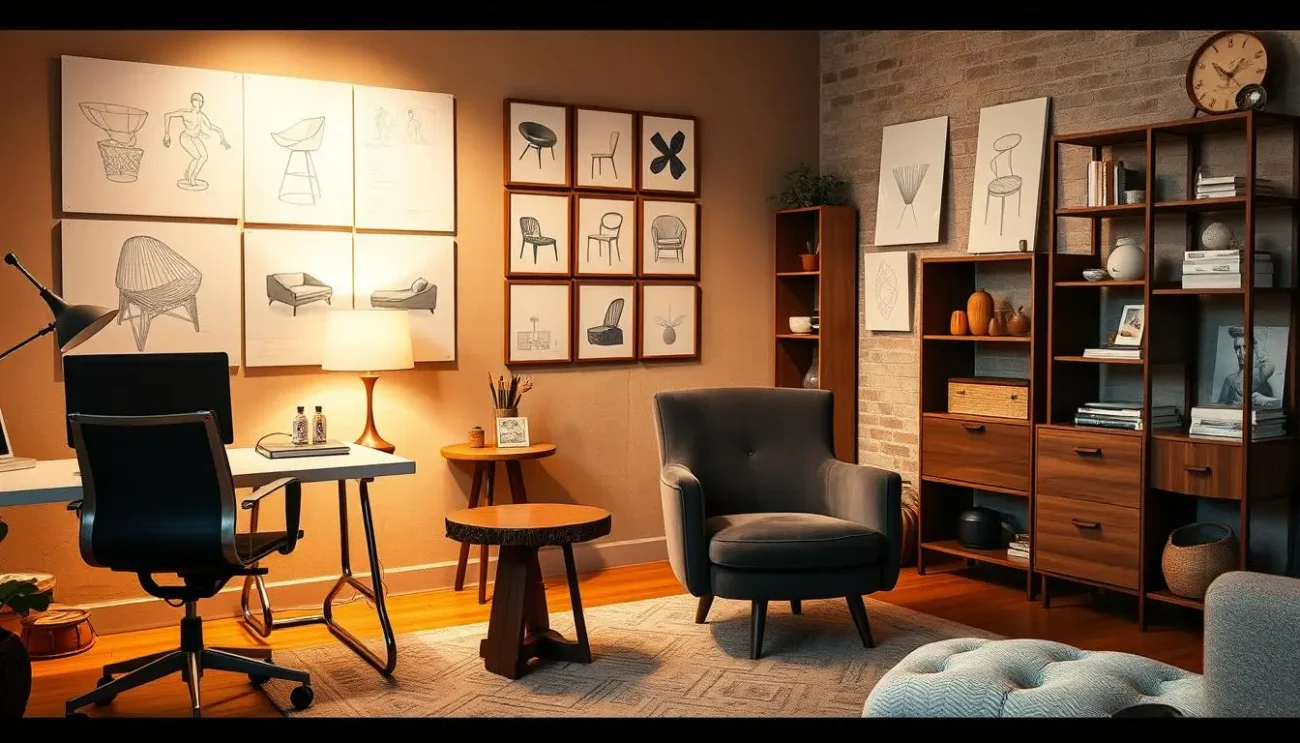
Luxury and High-End Custom Design
Designers who focus on luxury and high-end custom furniture can command premium salaries. This specialization requires a deep understanding of high-end materials, craftsmanship, and the ability to create unique, bespoke pieces that cater to affluent clients.
Sustainable and Eco-Friendly Design
With the growing emphasis on sustainability, furniture designers who specialize in eco-friendly design are in high demand. This involves using sustainable materials, minimizing waste, and creating products that are both functional and environmentally responsible.
Commercial vs. Residential Focus
Furniture designers who specialize in commercial or residential design can also see variations in their average pay. Commercial design often involves creating furniture for offices, hotels, and other business spaces, while residential design focuses on homes and apartments.
Technological Integration and Smart Furniture
The integration of technology into furniture design is another area with significant earning potential. Designers who can create smart furniture that incorporates technology, such as built-in charging stations or ergonomic adjustments, are well-positioned for higher salaries.
By focusing on these specializations, furniture designers can enhance their earning potential and stay competitive in a rapidly evolving industry.
Employment Settings and Their Impact on Earnings
Different employment settings offer distinct financial opportunities for furniture designers. The choice between corporate in-house design teams, design firms and studios, and freelance or independent business models can significantly affect earnings.
Corporate In-House Design Teams
Working in corporate in-house design teams can provide furniture designers with stable salaries and benefits. These teams often have structured salary scales, and designers can progress through the ranks, increasing their earnings over time.
Design Firms and Studios
Design firms and studios offer another employment avenue, often with a mix of project-based work and salaried positions. The earnings potential here can be high, especially for those who become partners or lead designers.
Freelance and Independent Business Models
Freelance and independent business models provide the most variability in earnings. Successful freelancers can command high rates, but they must also manage business expenses and navigate market fluctuations.
Setting Competitive Rates
For freelancers, setting competitive rates is crucial. This involves researching the market, understanding the value they bring to clients, and balancing their rates accordingly.
Managing Business Expenses
Effective management of business expenses is vital for freelancers and independent designers. This includes costs for materials, marketing, and other operational expenses that can eat into their earnings.
- Key considerations for freelance rates include experience, portfolio, and market demand.
- Managing expenses effectively can help maximize net earnings.
- Freelancers must also consider benefits and taxes, which are not typically withheld as in traditional employment.
Geographic Hotspots for Maximizing Furniture Designer Salary
Geographic location plays a crucial role in determining the salary of furniture designers, with some areas standing out as particularly lucrative. The United States is home to various metropolitan areas and design hubs that offer higher compensation for furniture designers.
Top-Paying Metropolitan Areas
Major cities tend to offer higher salaries due to the cost of living and demand for skilled designers. Some of the top-paying metropolitan areas for furniture designers include:
- New York City, known for its high-end furniture market
- Los Angeles, a hub for modern and contemporary design
- San Francisco, with its strong tech industry influencing furniture design
Emerging Design Hubs with Growth Potential
Besides the major cities, emerging design hubs are gaining prominence and offering competitive salaries. Cities like Bengaluru, Mumbai, and Delhi NCR are noted for their robust job markets for furniture designers.
Remote Work Opportunities and Their Compensation
The shift towards remote work has opened up new opportunities for furniture designers to work with companies based in high-paying regions without relocating. This trend has led to a more competitive compensation landscape, with salaries for remote positions often comparable to those in major cities.
To maximize their salary, furniture designers should consider both the traditional top-paying areas and the emerging design hubs, as well as the opportunities presented by remote work.
Essential Skills That Command Higher Pay
Furniture designers who possess a combination of technical expertise, business acumen, and innovative design approaches tend to command higher pay. To stay competitive in the industry, it’s crucial for designers to continually update their skills to meet the evolving demands of the market.
Technical Proficiencies Worth Investing In
Technical skills are fundamental for furniture designers. Proficiency in specific software and knowledge of materials are critical for success.
CAD and 3D Modeling Software
Proficiency in CAD (Computer-Aided Design) and 3D modeling software is essential for creating precise designs and prototypes. Tools like Autodesk Inventor and SketchUp are industry standards.
Material Science Knowledge
Understanding the properties and applications of various materials is vital. Knowledge of sustainable materials and their uses can also be a significant advantage.
| Technical Skill | Importance Level | Industry Demand |
|---|---|---|
| CAD Software | High | Very High |
| 3D Modeling | High | High |
| Material Science | Medium | High |
Business and Marketing Expertise
Having a solid understanding of business principles and marketing strategies can significantly enhance a furniture designer’s earning potential. This includes knowing how to brand oneself, market designs effectively, and negotiate contracts.
Innovative Design Approaches and Methodologies
Staying abreast of the latest design trends and methodologies is crucial. This includes adopting sustainable design practices, understanding user experience (UX) design principles, and being aware of technological advancements in furniture design.
How to Negotiate Better Compensation Packages
Boosting your furniture designer salary involves more than just asking for a raise; it demands a well-prepared negotiation strategy. To effectively negotiate your compensation package, you need to demonstrate your value to potential employers.
Portfolio Development Strategies
A strong portfolio is crucial in showcasing your skills and experience. It should highlight your best work and demonstrate your versatility as a furniture designer.
Research and Benchmark Preparation
Understanding the market rate for your position is vital. Researching industry benchmarks and salary standards will help you make a strong case for your desired salary.
| Experience Level | Average Salary Range |
|---|---|
| Junior Designer | $40,000 – $60,000 |
| Mid-Level Designer | $60,000 – $80,000 |
| Senior Designer | $80,000 – $100,000 |
Effective Salary Negotiation Techniques
Negotiation is not just about the salary; it’s also about other benefits and perks. Being flexible and open to different compensation options can be advantageous.
Timing Your Ask Strategically
Timing is everything in salary negotiations. Understanding when to make your request can significantly impact the outcome.
Leveraging Competing Offers
Having competing offers can be a powerful tool in negotiations. It demonstrates your market value and gives you leverage to negotiate a better package.
Industry Disruptions Affecting Future Earnings
Future earnings for furniture designers will be influenced by several emerging industry disruptions. The furniture design landscape is evolving rapidly, driven by technological advancements, changing consumer preferences, and global market shifts.
Automation and AI in Furniture Design
The integration of automation and AI in furniture design is transforming the industry. While these technologies enhance efficiency and innovation, they also pose a risk to certain job roles. Designers who adapt by developing skills complementary to these technologies are likely to benefit.
Sustainability Mandates and Market Shifts
Sustainability is becoming a critical factor in furniture design, driven by consumer demand and regulatory requirements. Designers who specialize in eco-friendly and sustainable design are poised to capitalize on this trend.
Global Competition and Outsourcing Trends
Global competition and outsourcing trends are also impacting the industry. To remain competitive, designers must focus on high-value services, such as custom and luxury design, where local expertise is particularly valued.
| Disruption | Impact on Earnings | Adaptation Strategy |
|---|---|---|
| Automation and AI | Potential reduction in certain design roles | Develop complementary skills |
| Sustainability Mandates | Increased demand for eco-friendly design | Specialize in sustainable design |
| Global Competition | Pressure on pricing and profit margins | Focus on high-value, custom design services |
Alternative Revenue Streams for Furniture Designers
Furniture designers can expand their earning potential by exploring alternative revenue streams beyond traditional employment. This approach not only enhances financial stability but also fosters professional growth and diversification.
Product Licensing and Royalty Arrangements
One lucrative avenue is product licensing, where designers can license their designs to manufacturers, earning royalties on each sale. This model allows designers to benefit from their creations without directly handling production or distribution.
Teaching, Workshops, and Consulting
Many furniture designers leverage their expertise by teaching workshops or offering consulting services. These activities not only generate additional income but also help establish the designer as an authority in their field.
Digital Content Creation and Online Presence
Creating digital content, such as blogs, YouTube channels, or social media profiles, can attract a significant following and open up revenue streams through advertising, sponsorships, and affiliate marketing.
Collaboration Opportunities with Manufacturers
Collaborating with manufacturers on exclusive designs or product lines can provide a steady income stream. Such partnerships often result in the designer’s work being mass-produced, reaching a wider audience.
By diversifying their income streams, furniture designers can build a more resilient career, better equipped to withstand industry fluctuations. Key strategies include developing a strong online presence, licensing products, and engaging in teaching or consulting.
- Licensing designs for mass production
- Offering workshops or online courses
- Creating sponsored content on social media
- Partnering with manufacturers for exclusive designs
Conclusion: Positioning Yourself for Financial Success in Furniture Design
As the furniture design industry continues to evolve, understanding the factors that influence furniture designer salary is crucial for financial success. By staying informed about industry trends, acquiring valuable skills, and being adaptable, furniture designers can position themselves for higher earnings.
The furniture designer pay scale varies based on factors such as location, experience, and specialization. Designers who stay up-to-date with the latest technologies and design methodologies can command higher salaries. Exploring alternative revenue streams, such as product licensing and teaching, can further enhance financial stability.
To maximize earning potential, furniture designers should focus on developing a strong portfolio, networking, and staying aware of industry developments. By doing so, they can navigate the changing landscape of the industry and achieve financial success in their careers as furniture designers.
FAQ
What is the average salary for a furniture designer in the United States?
The average salary for a furniture designer in the United States varies based on factors like location, experience, and industry segment, but generally falls within a specific range that can be influenced by national averages and regional variations.
How does the salary of a furniture designer compare to that of an interior designer?
Furniture designers and interior designers often have overlapping skill sets, but their salaries can differ based on their specific roles, industries, and the value they bring to their projects, with some sources indicating that interior designers may have a slightly different compensation structure.
What are the highest-paying locations for furniture designers in the United States?
Certain metropolitan areas and design hubs tend to offer higher salaries for furniture designers due to factors like cost of living, demand for luxury or custom furniture, and the presence of prominent design firms or manufacturers.
How can furniture designers increase their earning potential?
Furniture designers can boost their salaries by acquiring specialized skills, such as proficiency in CAD software, knowledge of sustainable materials, or expertise in luxury or high-end custom design, as well as by pursuing continuing education and certifications.
What role does experience play in determining the salary of a furniture designer?
Experience is a significant factor in salary progression for furniture designers, with more experienced designers typically earning higher salaries as they take on more complex projects, leadership roles, or responsibilities.
Are there any emerging trends or industry disruptions that could impact the salary of furniture designers?
Yes, trends like automation, sustainability mandates, and global competition can influence the furniture design industry, potentially affecting salaries, as companies adapt to new technologies, regulations, and market pressures.
Can furniture designers supplement their income through alternative revenue streams?
Furniture designers can explore alternative revenue streams, such as product licensing, teaching, consulting, or creating digital content, to diversify their income and potentially increase their overall earnings.
How can furniture designers negotiate better compensation packages?
To negotiate effectively, furniture designers should develop a strong portfolio, research industry benchmarks, and prepare a solid case for their desired salary, highlighting their skills, experience, and the value they bring to their employer or clients.
What are the benefits and challenges of working as a freelance furniture designer versus being employed by a design firm or manufacturer?
Freelance furniture designers enjoy flexibility and autonomy but must manage their own business operations, while employed designers have more job security but may face limitations on their creative freedom and earning potential.
How do different employment settings, such as corporate in-house design teams or design studios, impact the salary of furniture designers?
The employment setting can influence a furniture designer’s salary, with different environments offering varying levels of compensation, benefits, and opportunities for career advancement.





